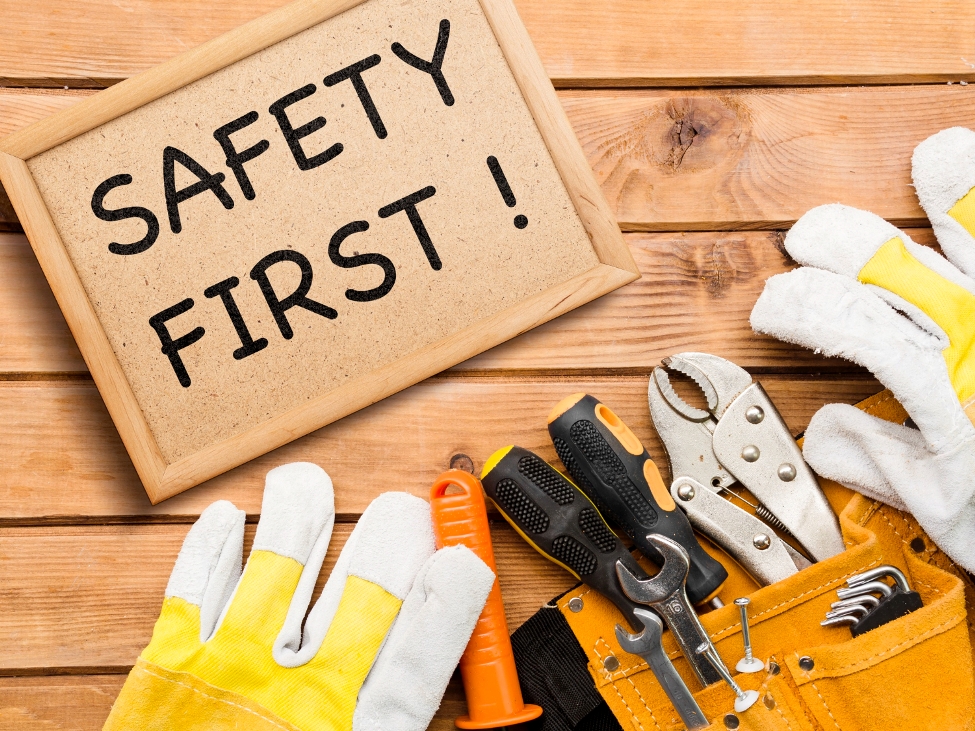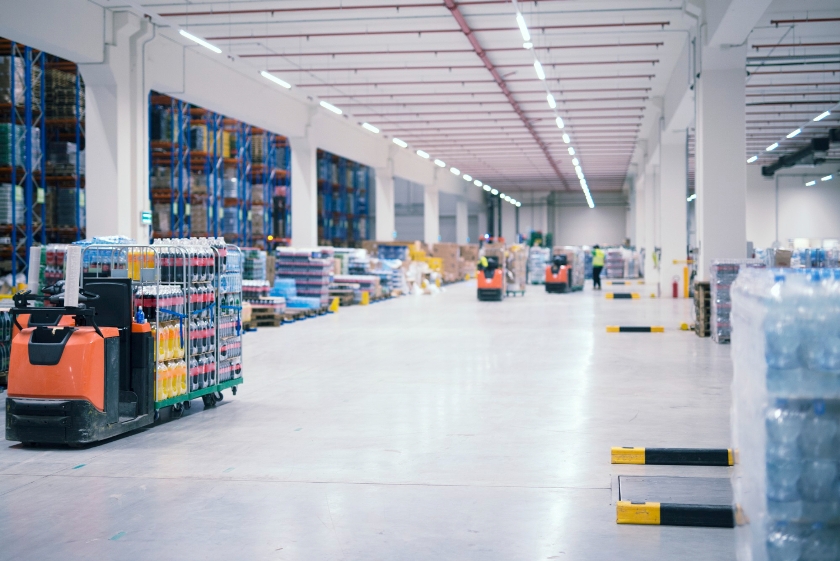
Small new ventures or huge global enterprises, no matter where, need to ensure a safe work environment. In addition to preventing accidents that affect workers, a safe workplace environment promotes high productivity, morale and reduces the likelihood of costly legal entanglements. Thus, you can develop a climate where everyone will get the necessary level of protection if you act correctly. This article is a guide to helping you set up a work environment in which your employees’ well-being comes first.
The Value of Safety Instruction
The cornerstone of a safe workplace is safety training. Workers must be aware of potential risks and know how to stay clear of them. Whether it’s operating machinery, handling chemicals, or handling crises, comprehensive training guarantees that everyone is aware of the proper protocols. Every new hire’s onboarding process should include training sessions, which should be held frequently to reinforce the material. Prioritizing safety training demonstrates your dedication to safeguarding your employees and preventing accidents at work.
Conduct Frequent Risk Assessments
Risk assessments assist in spotting possible threats before they result in mishaps. Assess the dangers in many areas of the workplace, such as equipment, storage, and office layout, by conducting routine inspections. Keep an eye on things like fire exits, well-lit walkways, and the state of equipment and supplies. Every time something changes at work, like new equipment or more employees, you should update your risk assessments.

Maintain Orderly and Clear Workspaces
Employees can concentrate better and have a lower chance of mishaps when their workstation is well-organized. Encourage staff members to maintain order in their workspaces and make sure all routes are clear of obstructions. Make sure there are adequate storage alternatives so that things aren’t left laying around, which could cause trips and falls. Maintain and clean the workspace on a regular basis because clutter and dust might lead to slip-and-fall accidents. In addition to increasing safety, a neat workspace creates a more polished environment.
Provide the Right Safety Gear
You are responsible for making sure that workers have the safety gear they need for their various duties. As needed for certain tasks, provide supplies such as masks, gloves, goggles, and helmets. Employees should be encouraged to report any equipment problems right once, and all safety equipment should be kept current and in good working order. Just as crucial as providing safety equipment is teaching staff members how to utilize it correctly. Employee confidence and productivity are higher when they feel protected.
The Importance of Worker Protections
Some of the things that one has to grasp regarding certain provisions of law is yet another facet about making a safe workplace. People can apply for work injury when doing their work and in case they get injured they are eligible. With the help of a work injury compensation lawyer, the injured worker can gain support in their state during recovery by being financially compensated for their bills and wage loss. This paper also defines safeguarding as not only the absence of incidents but also the understanding of what measures to take in the case of an incident. The understanding of the provisions that safeguard their employees informs the personnel that you are concerned about them.
Establish Clear Communication Channels
Having effective communication is crucial to preserving a secure workplace. If workers see a hazard or have any safety concerns, they must know who to call. Provide a supervisor, a safety officer, or an anonymous reporting system as obvious means for reporting problems. Encourage staff to speak freely so they can voice any concerns or recommendations. Regularly informing staff members of new safety procedures is another aspect of clear communication that keeps everyone aware and abreast of best practices.

Encourage Breaks and Monitor Workloads
Employees who are overworked or exhausted are more likely to make mistakes that could lead to accidents. Encourage regular breaks to keep your team engaged and focused. Workloads for employees should be tracked to ensure they aren’t taking on more than they can manage or being overworked. Providing a break room or other quiet area can help employees relax, which ultimately improves workplace safety. A team that gets enough sleep is more capable of functioning safely, effectively, and attentively.
Encourage a Culture of Accountability and Safety
If safety guidelines of the company owners are only words on a paper that are not treated as foundational principles of the organizational culture, they are useless and dangerous. Explain to employees that they should look out for each other on the job sites and also demand that employees should report any incidents that they find to be unsafe. Specific expectations of any member of the organization should be underscored when it comes to safety by more manufactured commemorations when a certain employee goes the extra mile. Elevate safety culture in organizations, with responsibilities of everyone, right from the managerial level to working crews.
One of the most crucial things you can do as a business owner is to create a secure workplace. From establishing a culture of safety to providing enough training and frequent risk assessments, every action you do demonstrates your dedication to the welfare of your staff. In addition to safeguarding your team, putting safety first promotes a happier, more productive environment.
Read Next Blog:
How to Improve Employee Retention